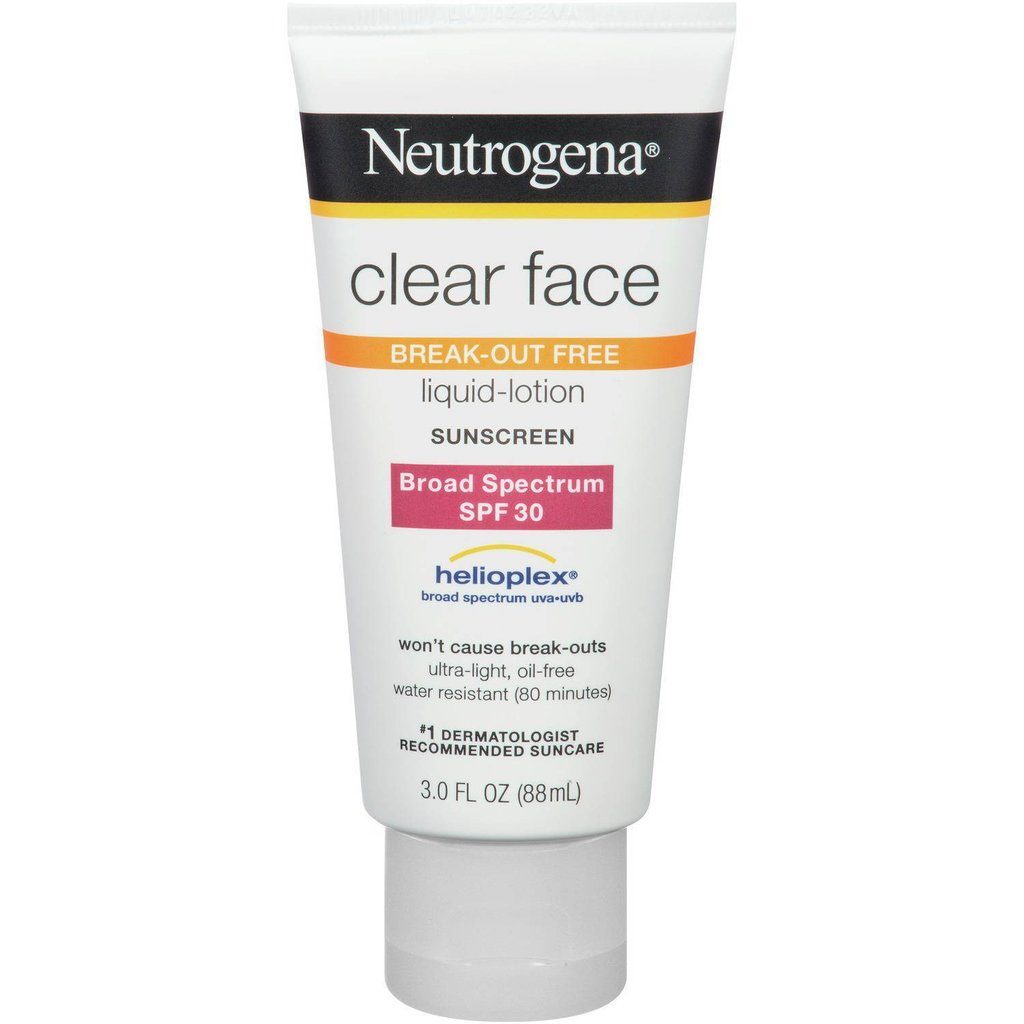HELIOPLEX

Overview of SPF, UVA and UVB
Sun protection factor (SPF) is a measure of the ability of an intervention (typically clothing or sunscreen) to prevent redness (sunburn) in response to sun exposure. (1) An example of a calculation using SPF is this: if an unprotected individual develops minimal erythema (redness) after 20 minutes of sun exposure, then after use of an SPF-15 sunscreen, minimal erythema would be expected after 300 minutes (5 hours) of exposure. (2)
There are two types of UV radiation produced by the sun, UVB and UVA rays. It is important to note that SPF may correlate well with degree of protection against UVB; it does not ensure adequate protection against UVA. (2) UVB rays penetrate the outer layer of skin, causing damage to skin cells, sunburn, and with repeat exposure skin cancer. (1) SPF does not adequately measure how well a sunscreen protects from UVA rays. UVA rays can pass through window glass and penetrate deep into the layers of the skin. These rays can lead to signs of premature skin aging, including fine lines, deep wrinkles and uneven skin tone. (1)
Chemical Structure of Sunscreens
Chemical sunscreens absorb rather than reflect UV radiation, and they typically have a limited spectrum of protection. In the past, chemical sunscreens have acted primarily to absorb only UVB radiation. Compounds like: para-aminobenzoic acid (PABA), PABA esters, salicylates, camphor derivatives, and cinnamates do this. (2) Recently increasing attention on the importance of protecting against UVA exposure has lead to the development of chemical sunscreens acting to absorb these wavelengths as well. Some of these include dibenzoylmethanes, anthranilates, benzophenones, triazoles, and some camphor derivatives. (2) Ideal sunscreen products protect against UVB and UVA using a combination of agents.
What is Helioplex®?
Helioplex is a brand name coined by the company Neutrogena for its sunscreen that has broad-spectrum (UVA/UVB) protection. Neutrogena took Avobenzone, which is one of the best UVA blockers approved by the FDA and modified it because Avobenzone alone is highly unstable when exposed to sunlight. Neutrogena developed Avobenzone that was stabilized using two compounds, Oxybenzone and DEHN. This provided better, longer protection from harmful UVA rays and was called Helioplex®. Helioplex® has now come to encompass additional technologies and ingredients beyond DEHN. (1)
DEHN is a non-UV filter (it does not assist in blocking the UV radiation) used to stabilize avobenzone by accepting excess energy absorbed by avobenzone during UVA exposure. (3) Oxybenzone adds further photostability to avobenzone and provides UVA protection. In addition to these two main stabilizers, the addition of homosalate, octisalate, and octocrylene to Helioplex products broadens UVB coverage and increases the effective SPF. (3)
Data on Helioplex®
According to data on file by Johnson & Johnson, Neutrogena® Ultra Sheer, SPF 55 lotion with Helioplex™ has superior UVA protection compared to two inorganic UVA filters and demonstrates comparable photostability with less UVA transmission as compared to Anthélios SPF 60 with Mexoryl®. The Neutrogena Company has now added Helioplex™ to a moisturizer as well. Helioplex™ technology has shown to be effective in preventing PMLE outbreaks in affected patients, according to a poster presentation in 2006. (3) Data on Helioplex have not yet been published in a peer-reviewed journal and no testing method to measure UVA protection has been approved by the FDA.
References:
- Brice, S. Shrift, K. Sunburn. October 9, 2009. http://www.uptodate.com/contents/sunburn?source=search_result&selectedTitle=3%7E150.
- Melanie D Palm, Marianne N O’Donoghue. Dermatologic Therapy Volume 20, Issue 5, pages 360–376, September 2007


